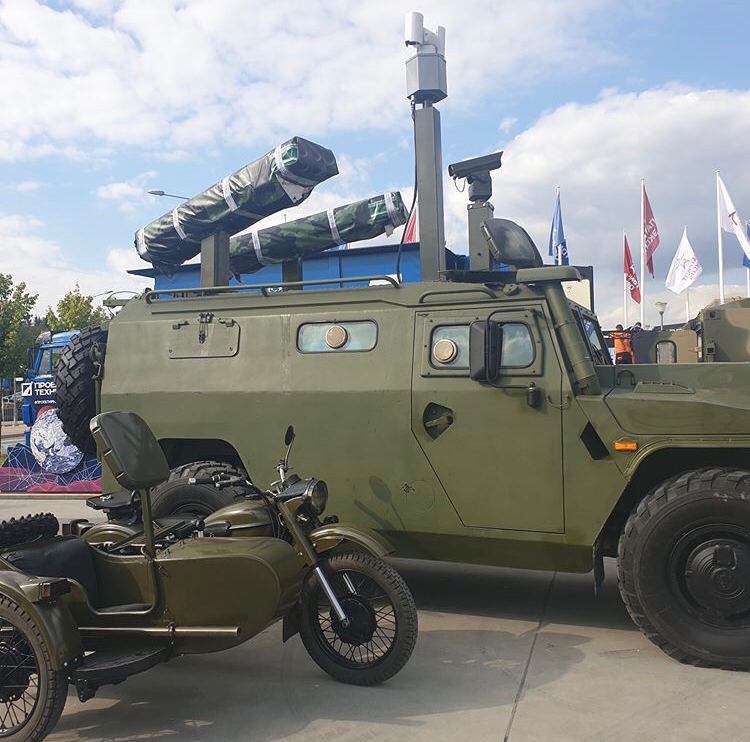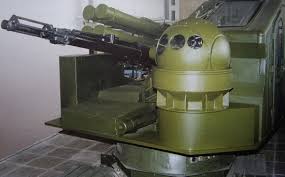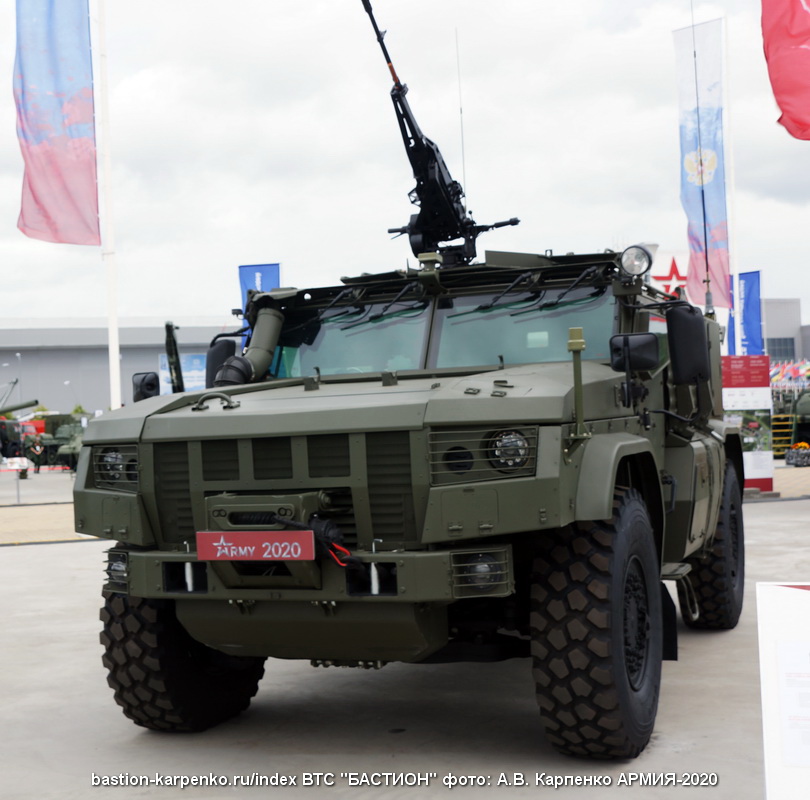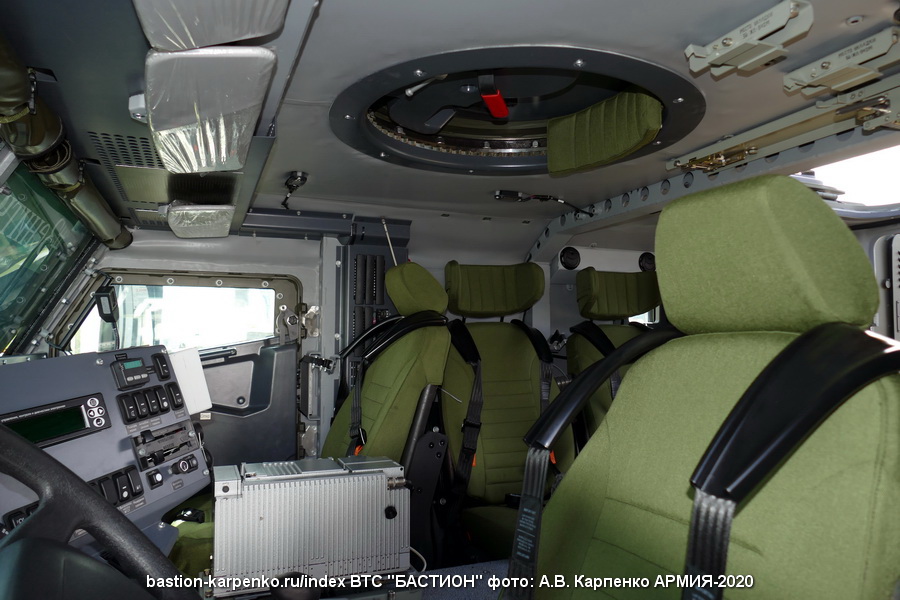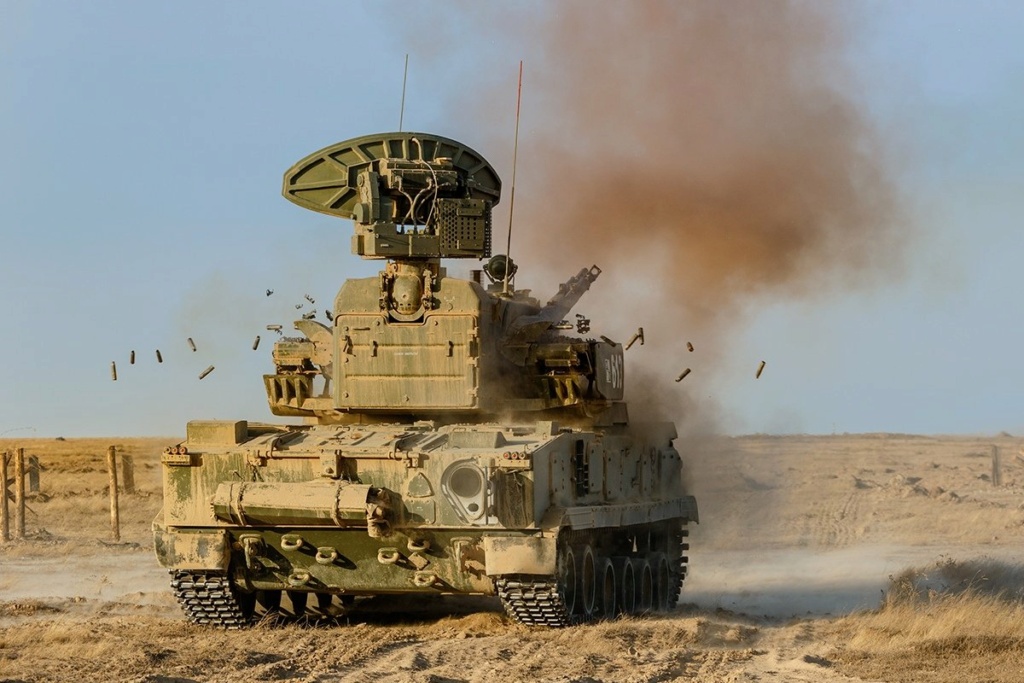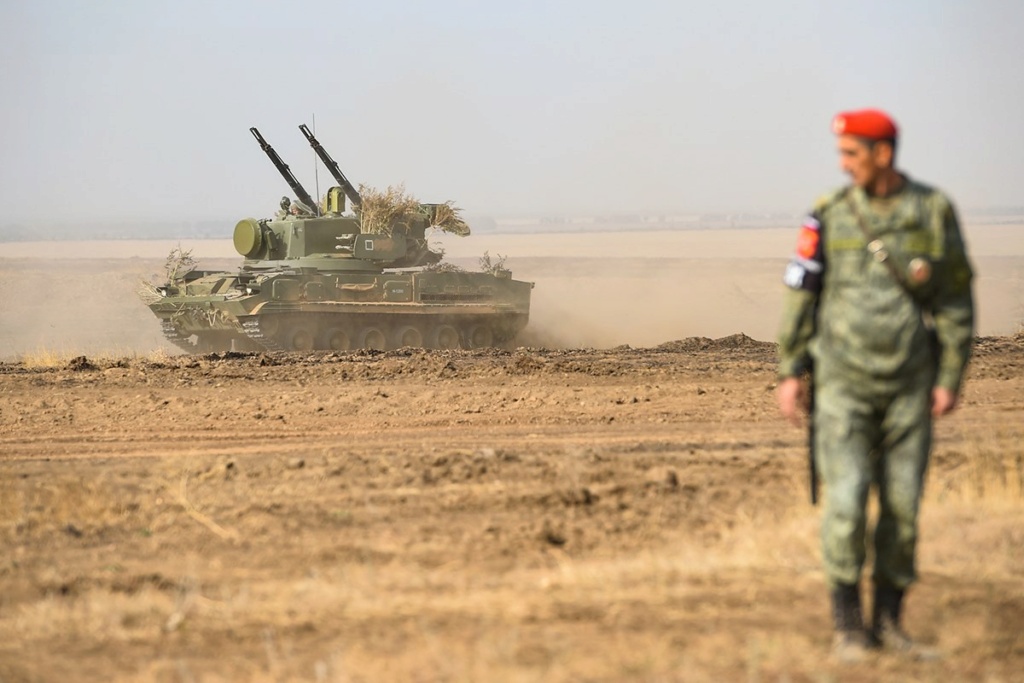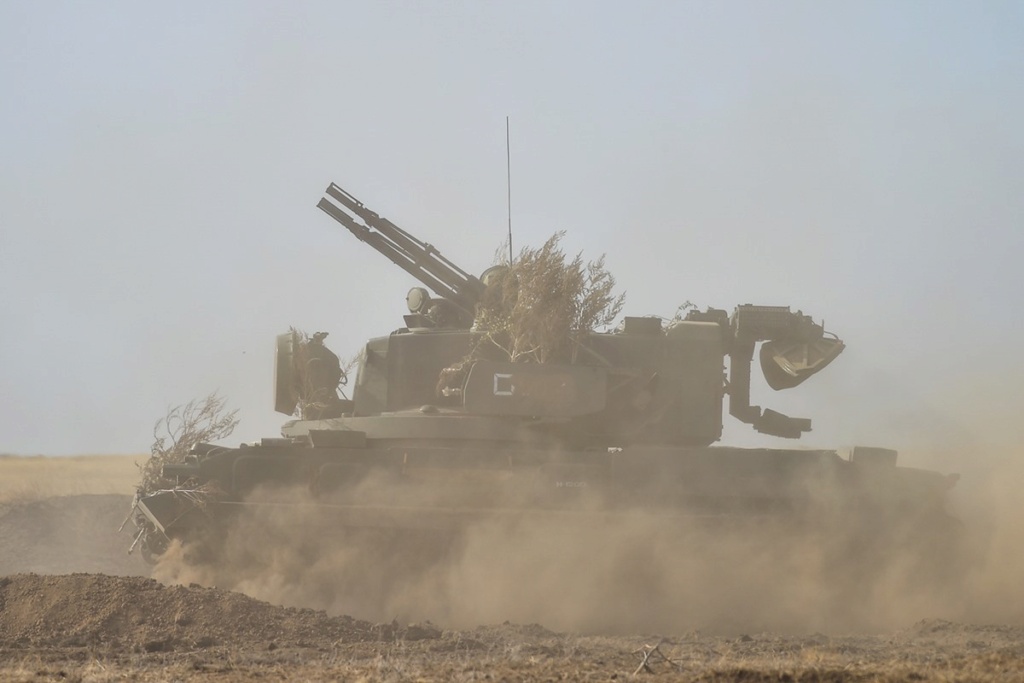GarryB wrote:That is true, which is why I am suggesting most missiles be converted to command guided or beam riding and then the complexity is in the system rather than the missile. In fact you could design it so that the older missiles can be delivered to existing SAM batteries and be linked up so if there is a mass attack you can use the older missiles first... especially as with the solid rocket boosters their performance should be pretty good.
For simple targets you could extend to include old SAMs as well as AAMs.
Shturm and Ataka missiles could probably be used too...
Ataka missile is actually used as both AAM and SAM. 9M220O is anti air version of Ataka ATGM wich have proximity fuse and expanding rod fragmentation warhead and have range of 7 km. It could be used from helicopter as AAM or from ground vehicles as SAM. This missile is well placed in VSHORAD category of missiles. On the ground, this missile could be used from BMPT, T-15 ICV with new Kinzhal RCWS and from Uran-9 combat robot. Non of them is made as SAM complex. BMPT have a problem with low elevation at only +45
o, but inside this limits it is well effective. Both BMPT and Uran-9 have 30 mm gun, which use the same ammunition. Those guns now got new ammunition with APFSDS round with better penetration capabilities and new HE-Frag round with non contact distant fuse to be used as AHEAD rounds. This new AHEAD type of ammunition made BMPT and Uran-9 extreamly effective against aerial targets, specially drones as well as against infantry. Anti air version of Ataka ATGM only increase their anti air range and capabilities.
Uran-9 combat robot could be very interesting complex to be used in air defense as VSHORAD. Basic unit is consisted from 4 Uran-9 robots and 1 control post, what could be seen as basic battery. Connecting control post with IADS or battery radar, you made it perfect for that job. I'm sure, that after their first combat use in Syria in 2018, they improve their shortcommings. like communications to control the vehicle. As VSHORAD it would work behind front line troops and not in front of them, so managing of them in this role would be far better. You could easier expose a robot, than a manned vehicle. Uran-9 could use both Igla/Verba MANPADs and Ataka ATGMs as well as 30 mm AHEAD rounds. This concept would be very interesting, using robots (Uran-9), to protect robots, like Uran-6 mine cleaner, against robots (drones). I hope those last pictures of Uran-9 from Syria are from late last year and that Russia send improved ones to test in Syria. Using them against terrorists supported by Turkish army with modern communications and ECM would be perfect combat test.
By the way... don't you love the irony of your statement above... using your current WVR AAM as a SAM is silly if you have a working air force... well if your air force has more power than your army and imposes a short range AAM as your standard vehicle based air defence SAM (Chapparal) then you are being silly with your air defence... fortunately the Russians are not in that position...
Yes, NATO love to use AAMs as SAMs. They have a lot of money and big stocks of missiles. In cold war times they made SAMs from Sidewinder and Sparrow AAMs. But still they mostly use dedicated SAMs, like Hawk, Stinger, Patriot, Roland, Crotale, RBS-70,etc. Now they went more into this concept with Mica, Iris-T, Spyder, NASAMS,... They created cheaper stationary missile launchers with fewer crew members, but using expensive missiles, although those western SAM complexes are still very expensive. Problem is, when years of fat cows are over and you have limited stocks of expensive missiles and you have to share them with air force. You could gues, who will have the priority to use them.
This is big difference between Russian and NATO concept. In Russia air defense have big priority and they produce dedicated complexes and train enough of troops to maintain and use them. NATO on the other hand didn't have air defense in priority and when shrinking their armed forces thay cut and take troops from air defense mostly. So they now made those new SAMs with as low number of troops for crews as possible that it could still work. So using AAMs for SAMs have its own logic, as maintaing the missiles and logistics went to air force, which didn't went through such troops reduction. They now have skeleton number of troops, that they could work 24/7 if none was missing, but all support they need from outside source.




